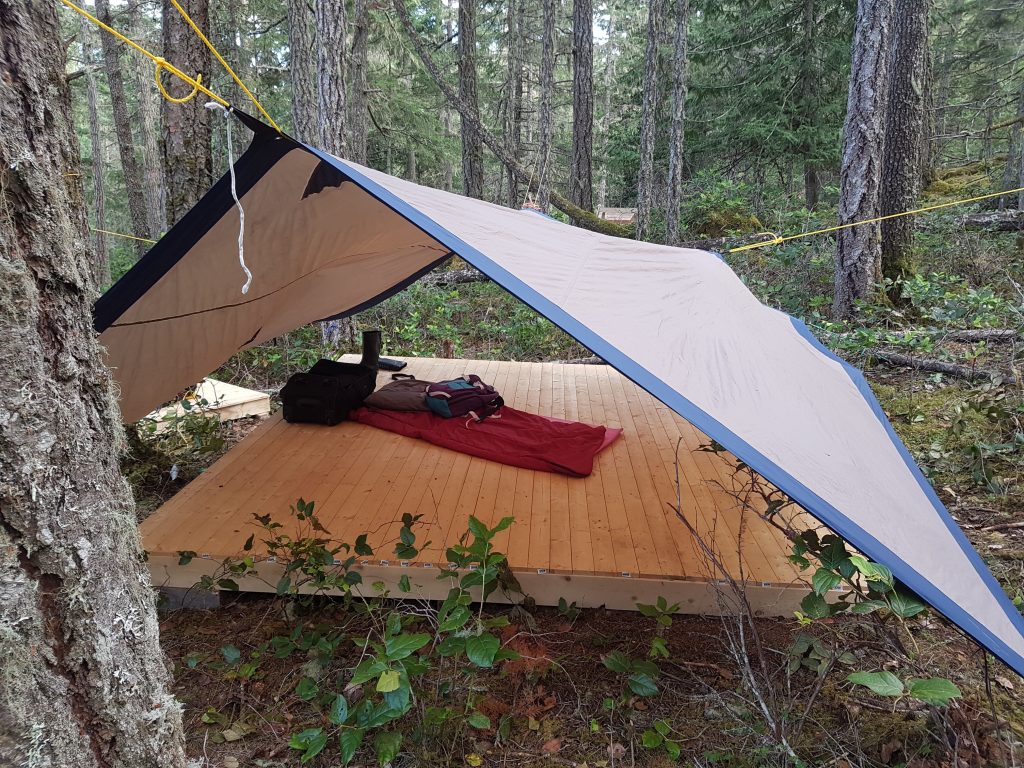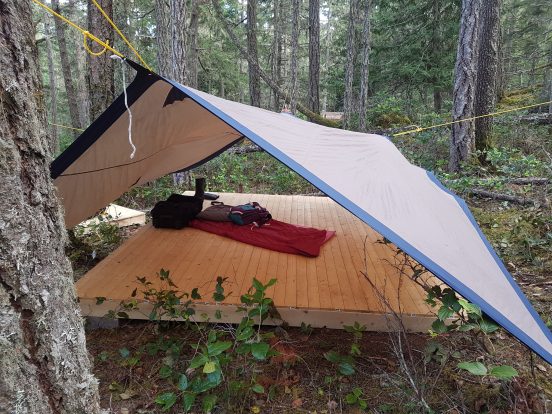To begin, I want to note that I’m approaching this question from the lens of an Outdoor Educator.
The scene: the group is outside and there is rain on the forecast. The Outdoor Educator needs to teach the students how to put up a tarp so that everyone can stay dry (can also be [informally] called tarp-ology). They must teach the knots necessary (bowline and truckers hitch, and perhaps a clove hitch), and then give instruction on different types of tarp set ups and how they may be effective (lean-to, centre-line, flying diamond, a frame, etc.). Next, students need to go and practice. What is more, is that there may be only two instructors and perhaps a dozen students, so going around and helping each of them takes time and patience from those who are waiting for help. Undoubtedly there is a lot of information for a student to take in and learn all at once.

In my outdoor education experience, there are few opportunities to go over skills before trips, and so students need to learn on the fly.
In the midst of teaching a complex lesson such as tarp-ology, I’ve often wondered if there might be a better way to get this information across to make the actual lesson simpler to comprehend. An idea I’ve settled on, but have yet to try, is the use of a primer. Perhaps a video instruction, or photo step-by-step guides to something like how to tie a knot could help ready the student in advance of their trip and so when something like tarp-ology is taught on a trip, they are more easily able to soak in the lesson and more easily able to tie knots and get the tarp set up before the rain sets in.
One reason this may be useful is that it addresses the need for a multiliterate approach to outdoor education. Instruction for outdoor education is typically an oral lesson from the instructor and then a gestural/experiential practice of the material by the student. Adding the visual element of video or photo as well as a linguistic component if a step-by-step instruction is provided as well, only adds to the instruction and the mulitimodality of the lesson. It really aims to make use of the “multiplicity of ‘text’” (Hibbert, Ott & Iannacci, 2015, p. 130).
Work cited:
Hibbert, K., Ott, M. & Iannacci, L. (2015). Co-Constructed by Design: Knowledge Processes in a Fluid “Cloud Curriculum” in B. Cope & M. Kalantzis (Eds.), A pedagogy of multiliteracies: Learning by design (pp. 127-141). London: Palgrave Macmillan. http://newlearningonline.com/multiliteracies/resources

